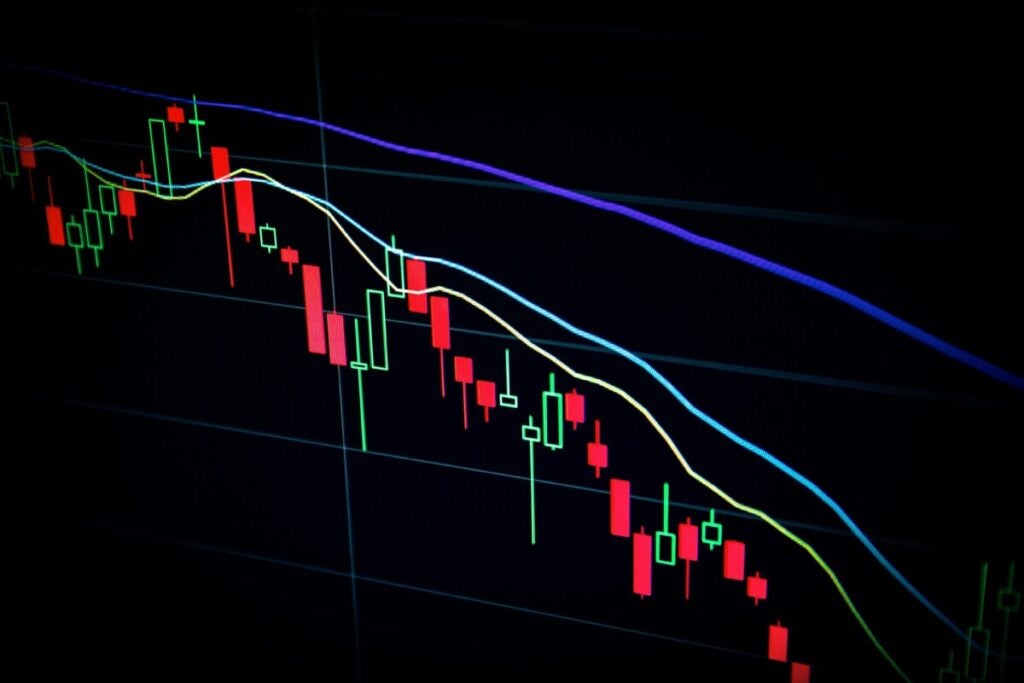Understanding the Downturn: Constellium’s Challenges in the Aluminum Market
The Landscape of Stock Performance
Investors are often aware that when a stock’s value diminishes and experiences a downturn, there is typically an underlying reason for such decline. Over the past year, Constellium CSTM, a leading name in aluminum manufacturing listed on the NYSE, has seen its stock drop by 12%. This contrasts with its competitors: Alcoa Corporation (AA) has risen by an impressive 55%, while Century Aluminum Company (CENX) boasts staggering growth of 155.8% during the same timeframe.
While Constellium’s price-to-earnings ratio stands at a reasonable 12 times, it has recently announced a significant $65 million investment toward developing an aluminum plant in Alabama. However, this facility is not projected to commence production until late 2026.
The Influence of Geopolitical Factors
What accounts for this dip in performance? Many attribute it to geopolitical tensions—primarily involving Russia.
Constellium specializes in creating aluminum products which they manufacture from sheets sourced partly from Rusal, a Russian aluminum producer. Before Ukraine was invaded, European markets favored Russian aluminum due to its eco-friendly credentials; much of Rusal’s production comes from hydroelectric power sources. However, sanctions following the conflict have created complications for sourcing primary aluminum at lower prices.
Europe’s primary producers have reduced their output significantly—approximately by one-third over five years—largely as a result of stricter environmental regulations.
Navigating Tariffs and Trade Restrictions
In April of this year, tariffs imposed by the U.S. government soared to levels as high as 200% on any aluminum products containing materials sourced from Russia—a dramatic increase following prior measures established during President Trump’s administration when initial tariffs were around 25%. Currently, no Russian-aluminum supplies are reaching U.S. shores.
In response to these challenging conditions impacting supply chains and pricing structures within international trade dynamics, U.S importers are sourcing alternatives from Middle Eastern suppliers—and even then face additional costs upwards of $200 per ton due to acute demand flows.
European nations are evaluating similar pathways which may further pressure Constellium’s short-term outlook until decisive legislation regarding Russian imports materializes within EU governance structures.
A report published by Reuters highlighted that losing access to Russian metal could create approximately a half-million-ton deficit throughout Europe—a gap that suppliers cannot fill quickly enough amidst current demands and logistical challenges faced across regions.
– How does Alcoa’s strategy differ from Constellium’s in the current aluminum supply landscape?
“`html
Constellium Struggles to Keep Up as Competitors Thrive Amid Europe’s Aluminum Supply Challenges
Understanding the Aluminum Market Landscape
The aluminum industry in Europe is experiencing significant shifts due to various supply challenges. Key players like Constellium are finding it increasingly difficult to maintain their market position as competitors such as Alcoa and Century Aluminum adapt and thrive. This article explores the complexities of the aluminum supply chain, identifies the challenges faced by Constellium, and provides insights into the strategies employed by its competitors.
Current Challenges in Europe’s Aluminum Supply Chain
The supply challenges in the European aluminum market are influenced by several factors:
- Energy Costs: Rising energy prices across Europe have heavily impacted production costs for aluminum manufacturers.
- Geopolitical Instability: Conflicts and potential sanctions have disrupted trade flows, causing supply shortages.
- Environmental Regulations: Stricter controls to reduce carbon emissions are reshaping operational frameworks.
- Market Demand: The ongoing growth in industries such as automotive and aerospace is driving demand for aluminum products.
Constellium’s Market Position
Despite its significant presence in the aluminum sector, Constellium is struggling to adapt to the evolving landscape. The following are key points regarding its current position:
- Operational Constraints: Increased operational costs due to energy and environmental compliance.
- Loss of Competitive Edge: Unable to scale production effectively compared to competitors, leading to a decrease in market share.
- Dependency on Specific Markets: Heavy reliance on the aerospace sector, making it vulnerable to downturns in related industries.
Competitors Thriving: Alcoa and Century Aluminum
Earnings Insights Just Around The CornerConstellium will release earnings updates this coming Wednesday before trading hours commence on October 23rd. Investors remain watchful about forthcoming decisions made regarding trade with Russia since these will shape long-term projections concerning company profitability moving forward.
Despite recent setbacks exhibited under Section 232 tariffs implemented back in March of ‘18—whereby shares had adjusted downward—it should be noted how resiliently stocks can rebound; Constellium traded around $10 per share entering May ‘18 yet managed surging beyond $15 currently reflecting optimistic recovery patterns visible via market trends.
Recent gains across rival Alcoa saw their valuation revised upward yet again after exceeding earnings expectations last week; JP Morgan duly raised targets accordingly but ultimately investors may feel loss if they missed advantageous entry points amidst bullish momentum shown throughout competitor stocks now trading beyond projected values previously set forth.
Future Demand Highlights Potential Upswing Opportunities
Various industries rely heavily upon nonferrous metals like aluminum as they emerge vital components crucial towards energy infrastructure advancements including electric vehicles (EVs) interlinked heavily alongside renewable sources such solar energy installations worth noting market demands expected swell substantially going into next decade soaring towards potential milestones reaching upwards near 85 million tons needed globally just shy ten years out marking notable increases compared figures tallied merely back at around 66 million tons recorded only three years earlier!
For those stakeholders considering investments associated directly or indirectly tied into thriving organizations on home soil producing essential commodities fitting regulatory shifts protective frameworks deemed increasingly critical evident through ongoing tariff situations unfolding nationwide reflects credible paths endorsing promising drawback efforts originating domestic advances throughout supply networks promising stronger strategic partnerships ahead potentially benefitting players positioned advantageously therein moving forward noting imbalance conditions realized post-Ukraine conflict leave ample room opportunity remains viable targeting rebound still possible despite prevailing circumstances hampering performance indicators momentarily established defaults observed presently confronting current rivals window opportunity ahead depending targeted advocacy frameworks leveraged correctly aligning long-term strategies directing resultant future growth trajectories identified here!
